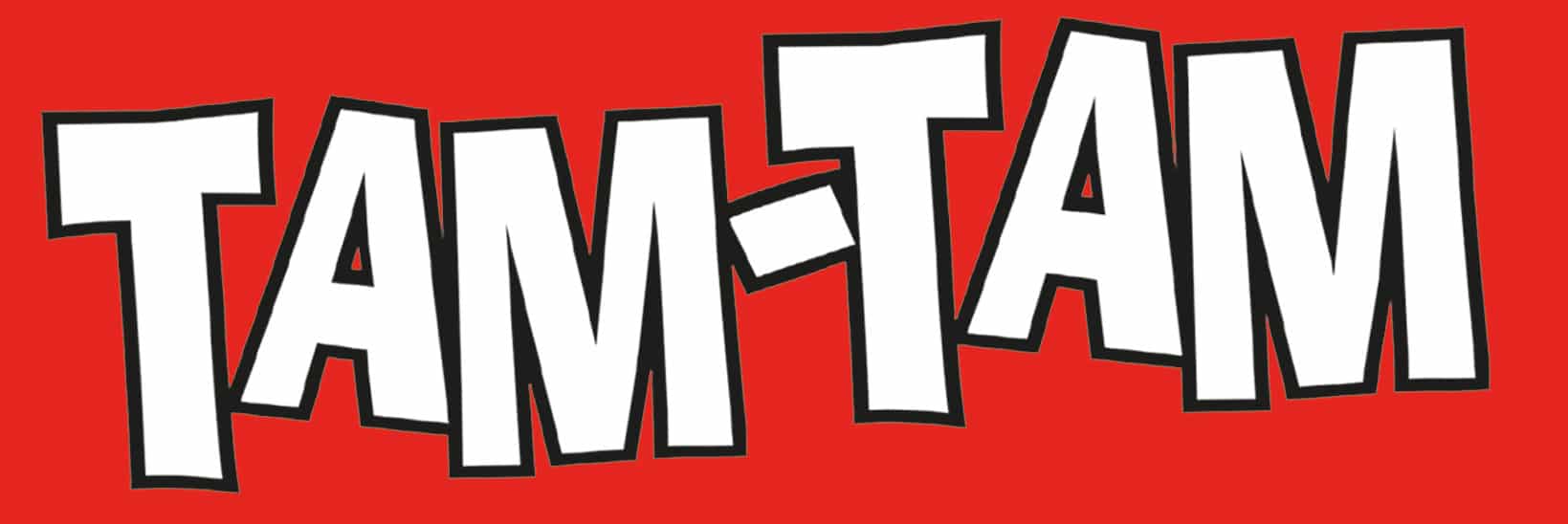A firm with high fixed costs is said to have high operating leverage. SG&A is critical when looking at a company’s profitability, conducting break-even analyses, and cost-cutting scenarios. Whether you provide line-by-line detail on your income statement or do a single line item entry, you’ll need to properly categorize SG&A expenses. The SG&A ratio is simply the relationship between SG&A and revenue – i.e. the expense expressed as a percentage of total sales.
Think you could renegotiate your company’s internet and phone bill? Look through each of your business’ monthly expenses and make sure you aren’t overpaying for them. In many instances, SG&A expenses and operating expenses are one and the same. Both encompass the expenses necessary to operate a business independent of the costs to manufacture goods. While most of these expenses are fixed costs, distribution costs are variable.
How to calculate SG&A
This level of granularity allows management to make informed decisions about cost control, resource allocation, and overall financial planning. Salaries and commissions of salespersons are also considered selling expenses. Salespersons are only related to the sale of the product and have no impact on production. How a company decides to compensate its salespersons will impact the cost. Indirect Selling, General & Administrative expenses are less correlated with production. These expenses do not include cost-related to the production operations of a company.
- This information should not be considered complete, up to date, and is not intended to be used in place of a visit, consultation, or advice of a legal, medical, or any other professional.
- Look through each of your business’ monthly expenses and make sure you aren’t overpaying for them.
- Sometimes, SG&A will be a section, with items broken out in individual lines.
- Understanding and effectively managing Selling, General, and Administrative expenses (SGA) is crucial for businesses to optimize their financial performance and operational efficiency.
Importantly, reducing SG&A expenses means less revenue will yield more profit, which is why SG&A is often a target for cost-cutting measures. R&D expenses are a company’s investment in itself, money put toward developing new products, improving existing offerings, and remaining https://business-accounting.net/ competitive in the marketplace. A company’s SG&A budget plays a major role in its success and profitability. This type of expense is also very vulnerable to cost-cutting measures. Common types of insurance include workers’ compensation and general & professional liability.
Selling, General, and Administrative Expenses
SG&A may be listed as a single line item or broken out into several line items. The distinction found in the financials will be based on the relative size of each, which depends on the specific industry in question. However, the SG&A expense must be standardized to be compared side-by-side to industry comparables, https://quick-bookkeeping.net/ and the average benchmark varies significantly based on the specific industry. For example, let’s say that we have a company with $6 million in SG&A and $24 million in total revenue. While rather uncommon in practice, a company’s SG&A expense can be derived by rearranging the first formula.
Operating Expenses
The separation of SGA expenses from COGS is crucial for financial analysis. While COGS represents the direct costs of producing goods or services, SGA expenses focus on the costs incurred to sell and administer those products or services. Separating these expenses provides a clearer picture of the different cost components and enables businesses to evaluate their financial performance more accurately. OPEX are not included in cost of goods sold (COGS) but consist of the direct costs involved in the production of a company’s goods and services. COGS includes direct labor, direct materials or raw materials, and overhead costs for the production facility. Cost of goods sold is typically listed as a separate line item on the income statement.
Types of Selling, General & Administrative Expense (SG&A)
The operating margin is a profitability ratio that measures how much profit a company makes per one dollar of sales. It is calculated by dividing the reported operating profit by the sales for that period. Separately tracking SG&A expenses helps even small businesses get a better handle on operating costs. Administrative expenses are usually centered on staff and consulting costs. In most cases, smaller businesses will have limited administrative costs.
Some non-operating expenses
What can be considered a “good” SG&A ratio for a company depends on a few factors, including industry, age, growth trajectory, and more. SG&A expenses can be reported differently, depending on the company. Depreciation refers to expenses related to a fixed asset’s usage, allocating https://kelleysbookkeeping.com/ costs based on wear and tear throughout the asset’s useful life. General and administrative (G&A) expenses are commonly known as a company’s overhead. Gain access to powerful insight typically only available to companies that employ a full-time controller or CFO.
Of course, if a company includes its selling costs in administrative expenses, it’ll be listed under SG&A on the income statement. It all depends on how the company wants to break out their operating expenses. However, some companies may report selling expenses as a separate line item, in which case the SG&A is changed to G&A. Like operating expenses, administrative expenses are incurred regardless of the number of sales being generated by the company. General costs such as office supplies, telephone bills, and postage are considered to be administrative expenses.


